
5 minute read
Sabri Ülker Physiology Lab
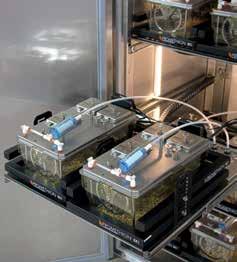
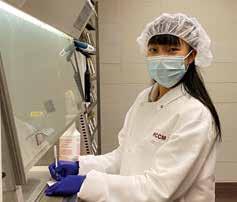
Advertisement
IMPACT OF IN VIVO MODELING
“If anything has changed over the years, now more than ever, we do not just focus on cell-based work or animal physiology, but rather we strive to present a complete story from the cellular level to whole-body
physiology.” Karen E. Inouye, PhD The partnership between Dr. Hotamışlıgil and Dr. Inouye goes back more than ten years, prior to her joining the lab in 2010. Dr. Hotamışlıgil was her academic advisor during a postdoctoral fellowship at Novartis Institutes for Biomedical Research. After completing her fellowship Dr. Inouye spent some time working in industry and focused on in vivo animal studies. In reflecting on her career path, Dr. Inouye noted, “It didn’t turn out to be what I was looking for in a career, and so I began the search for a new position. I was interested in getting back into research and using my skills in metabolic physiology. After some time looking for positions, I came across an ad for the position in the Hotamışlıgil Lab. Gökhan was looking for someone to run the department’s metabolic physiology core, which included using high-end metabolic physiology equipment, mouse imaging systems, and performing advanced in vivo techniques, such as glucose clamp studies in mice, in which I had extensive experience. I felt this position was a perfect fit for my skills and research interests, and was excited at the prospect of working in a lab that was at the forefront of metabolism research.”
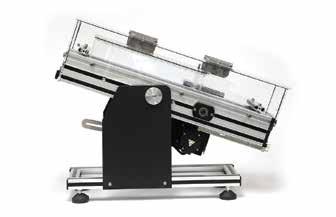
The Sabri Ülker Physiology Lab has a full complement of state-of-the-art small animal physiology instrumentation that Dr. Inouye uses to support the research of the members of the Center, in addition to colleagues throughout the Longwood Medical area.
This instrumentation includes:
n High-resolution microCT scanner, GE, for mice and rats.
n Perkin Elmer IVIS Spectrum In Vivo Imaging
System for in vivo imaging of bioluminescence and fluorescence signal in live mice to monitor conditions such as inflammation, atherosclerosis, vascular disease, arthritis, and cancer.
n SCIREQ Flexivent for measurement of respiratory mechanics in live mice.
n EchoMRI and DEXA instruments for measurement of lean and fat mass, and bone density in live mice.
n Blood pressure and heart rate monitoring platforms for awake mice or rats.
n Multi-lane treadmill with adjustable speed and incline, for performing exercise and related metabolic studies in mice and rats.
A major upgrade to our ability to conduct sophisticated research in live mice, while also providing them with better living conditions, has recently been made possible by an additional generous gift from the Ülker family. We were able to replace our 8-cage metabolic cage apparatus with the most advanced, 16-cage Sable Promethion Core System. Metabolic cages are an essential tool for measuring oxygen consumption and carbon dioxide production in mice, thus allowing monitoring of the effects of genetic alterations, diets, and treatments on energy expenditure and fuel utilization. Our new system has higher capacity and many upgrades. Mice are in a temperature- and light-controlled cabinet that allows the study of metabolism at different temperatures or light conditions. The system monitors their activity, measures food and water intake and body weight, and has running wheels for measuring oxygen consumption and carbon dioxide production during exercise. Food access doors allow for fasting or feeding at specific times of the day, or feeding fixed amounts of food. A separate treadmill unit allows for energy expenditure measurements during exercise at different speeds and inclines.
Due to the very high sensitivity of the gas analyzers of this system, we can house the mice in standard size cages, and still get accurate oxygen and carbon dioxide measurements. The mice are housed in cages that resemble their home cages, with bedding, and food and water dispensers similar to their normal housing conditions, thus minimizing stress and improving the accuracy of measurements. This “homecage” system also allows us to house the mice in the Sable System for longer periods, and therefore provides greater flexibility for the types of experiments we can perform. The newest technology in the Sable System is the 13C/18O stable isotope analyzer that now allows us to measure metabolism of 13C- and 18O-labeled substrates we administer to mice, through their expired breath. We are also able to administer these substrates intravenously through Instech infusion and blood sampling tethers attached to the mice that can be ported through the cage lids. This will allow for measurement of fuel metabolism during steady-state infusion experiments, while at the same time measuring whole-body energy expenditure. Assistant Professor Dr. Tony Hui, a newly appointed Ülker Center affiliated faculty member, focuses on understanding metabolism with a quantitative and systems approach to examine metabolic fluxes in whole organisms. With the Sable system, he has opportunities to further his pursuit of quantitative modeling research to determine metabolic fluxes—the most fundamental functional property of metabolism.
We are also adding telemetry capabilities to both our metabolic cage system and other experiments and use implanted probes for continuous measurement of body temperature, activity, blood pressure, and heart rate. Telemetric measurement of body temperature is important for cold exposure studies, so that we can continuously monitor the temperature responses of mice without any handling. We are also actively working on integrating one of the newest and exciting telemetry technologies to continuously monitor blood glucose levels. This will be a big advance in metabolism research, as glucose levels in mice can be impacted by handling of the animals during measurement. In addition, measurement of glucose levels at fixed-time intervals can miss critical data that can be obtained from continuous monitoring.

“I think animal research has always played an important role in our goal to understand biology. Although a lot can be learned from in vitro cell culture experiments, in the end, to understand physiology, studies in animals are necessary to understand how genetic alterations and treatments affect the whole body.”
Karen E. Inouye, PhD
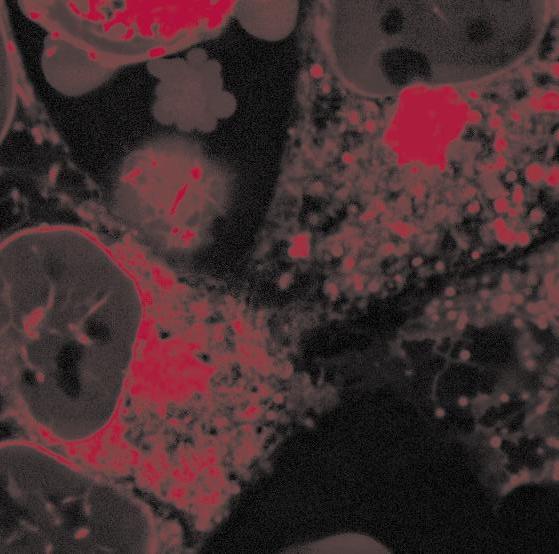
GENERATING INSIGHT BY FOCUSING ON THE UNKNOWN
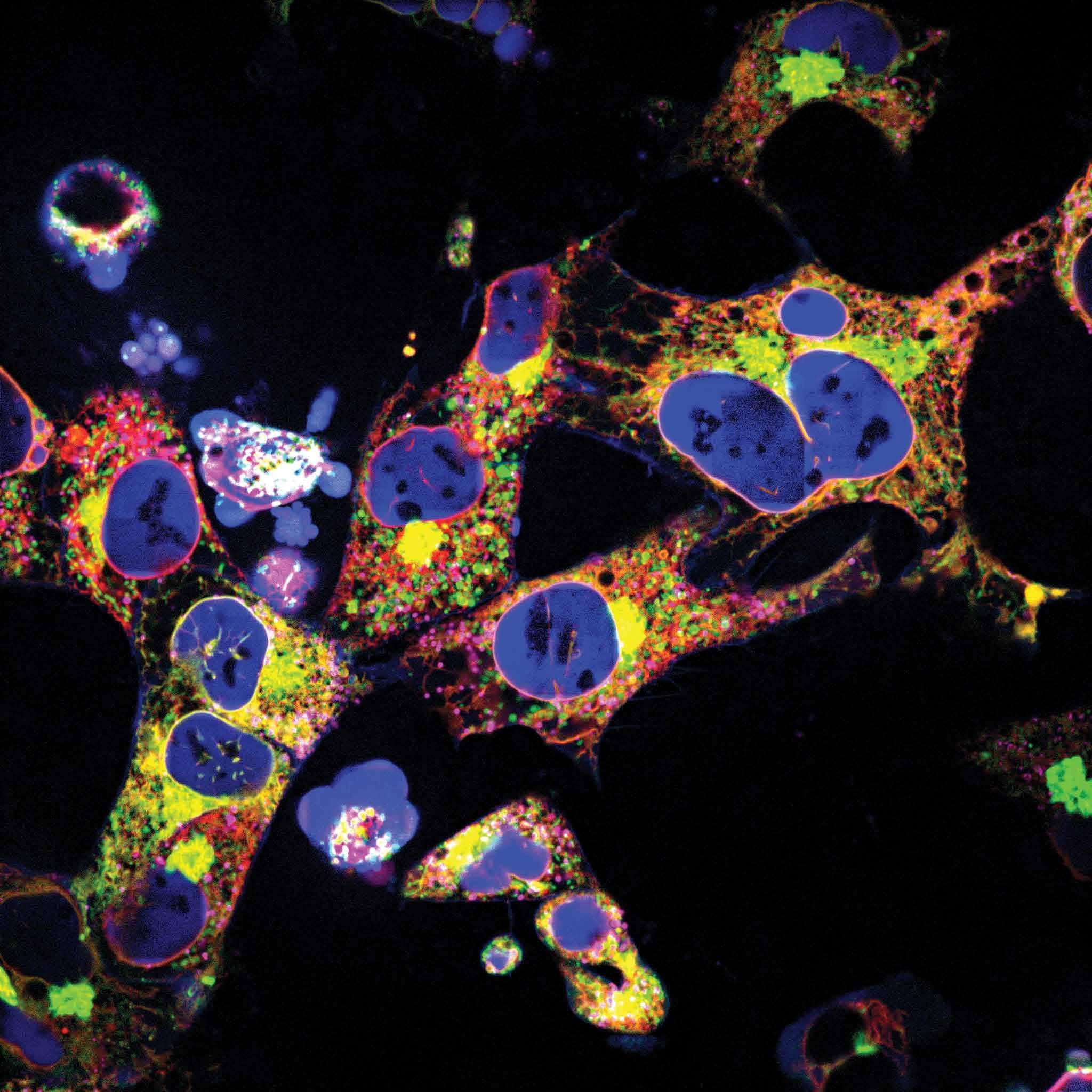
We are drawn to fill the gaps in the unknown, to gain understanding by exploring uncharted territory with new ideas, methods, tools, and collaborations.








